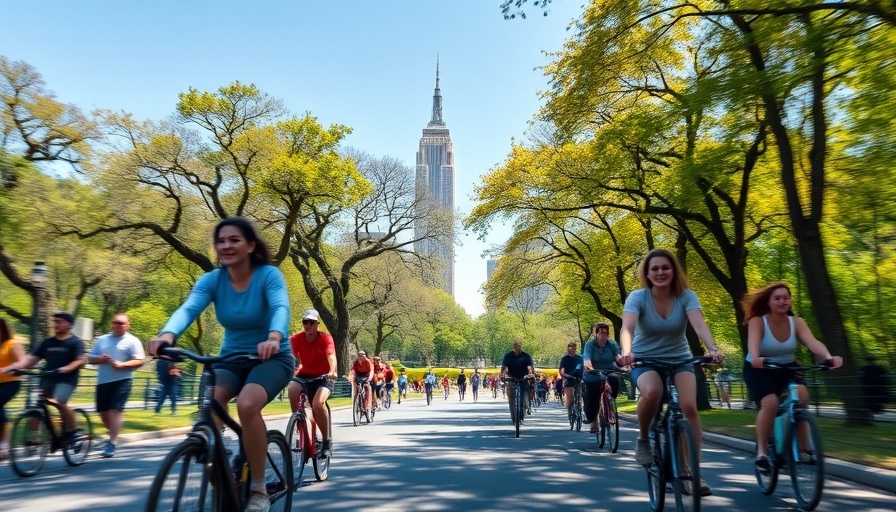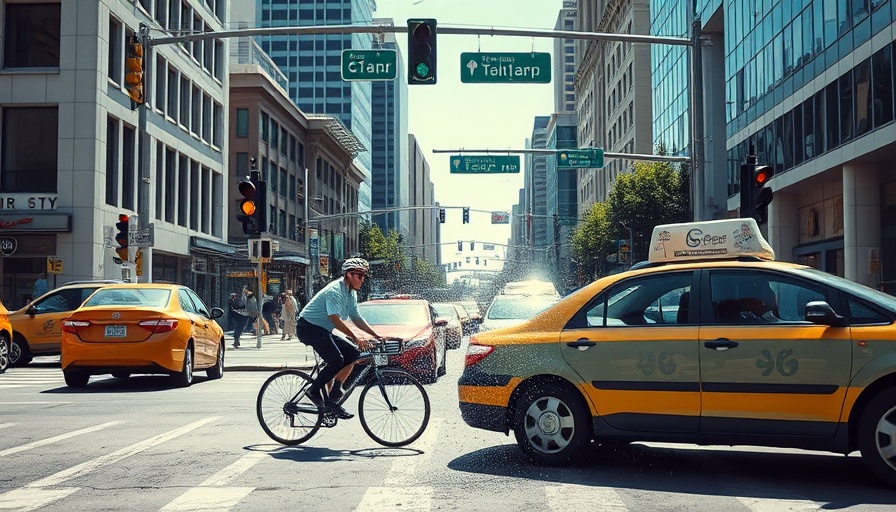
A New Era for Central Park's South Loop: Enhancing Safety and Accessibility
Starting March 17, Central Park will unveil a pivotal redesign aimed at enhancing safety and accessibility for its myriad visitors. Every year, over 42 million people, primarily New Yorkers, tread on the park’s paths, and with this volume comes an inevitable clash between pedestrians and cyclists. The Central Park Conservancy has deemed this overhaul essential for fostering a harmonious coexistence.
Addressing Critical Safety Concerns
Data from the Central Park Conservancy reveals alarming statistics: between 2018 and 2022, more than 500 collisions involving pedestrians and cyclists were documented, a troubling reminder of the challenges presented by the park's outdated infrastructure. This initiative recognizes the urgency of the situation; nearly all reported incidents resulted in injury and one led to a fatality. David Saltonstall of the Conservancy highlighted that with 93 percent of park traffic comprising of walkers and cyclists, reevaluating design elements is paramount.
Innovative Modifications to Enhance Traffic Flow
The redesign will introduce three distinct lanes along the six-mile loop: one for pedestrians and runners, another for slower cyclists, and a third for faster bicycles, including e-bikes and emergency vehicles. Saltonstall affirms that these changes will create a more intuitive layout for all users. Notably, the park’s traffic signals will undergo a transformation—new signals will cater specifically to cyclists, addressing the unique challenges posed by the prevalence of e-bikes.
The Path Forward: Community Feedback and Future Plans
The Central Park Conservancy is committed to involving the public in monitoring the effectiveness of the newly implemented changes, urging New Yorkers to provide feedback. Beyond immediate adjustments, the Conservancy is contemplating further enhancements, such as a dedicated, protected bike lane on the 86th Street traverse, which would further elevate safety and operational efficiency within the park.
A Lasting Impact on New York's Green Heart
For many, Central Park is more than just a recreational area; it’s a refuge in the heart of the bustling city. The redesign, with its focus on safety and separation of traffic, aims to enhance the experience for all users—whether they are leisurely walking their dogs, jogging, or cycling on a weekend. As these changes roll out, there lies hope that a safer, more enjoyable Central Park awaits all who cherish this urban oasis.
 Add Row
Add Row  Add Element
Add Element 



Write A Comment